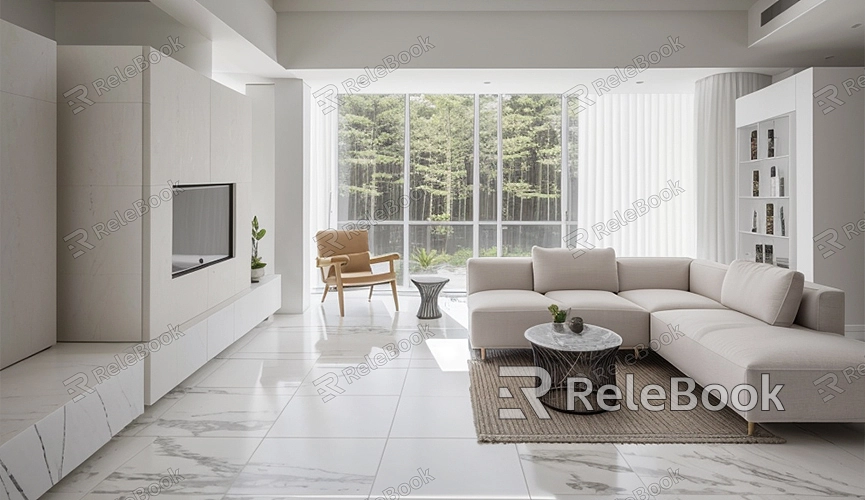How to Have My Render Update Automatically in Blender
Rendering is a crucial aspect when working with Blender for 3D creation. However, manually updating renders can be time-consuming and prone to missing details. Fortunately, Blender offers methods to automate render updates, enhancing workflow efficiency. This article will detail how to set up automatic render updates in Blender and share practical tips to streamline your creative process.
Using Real-Time Render View
Blender's Real-Time Viewport Shading feature allows you to see rendering effects in real-time while editing your scene. This way, you can instantly visualize adjustments without manually triggering renders each time.

Enabling Real-Time Render View
1. Open Blender and load your project file: Launch Blender and open the project file you want to render.
2. Access Real-Time Render View: In the top right corner of the 3D Viewport window, there are four icons representing different view modes. Click the far-right sphere icon (Viewport Shading) and select "Rendered" mode.
3. Choose rendering engine: In the right-side properties panel, go to the "Render Settings" tab and select your preferred rendering engine (such as Cycles or Eevee). This allows you to view rendering effects in real-time within the 3D Viewport window.
Setting Up Automatic Render Updates
To further streamline the process, you can configure Blender to automatically update renders under specific conditions, like adjusting materials, lights, or camera positions.
Using Auto Render Plugin
The Blender community offers useful plugins, including Auto Render, designed to automate render updates.
1. Download and install the Auto Render plugin: Download the Auto Render plugin from the Blender official website or relevant community sources. Open Blender, go to the "Edit" menu, select "Preferences," and in the "Add-ons" tab, click "Install." Choose the downloaded plugin file to install it.
2. Enable the plugin: In the "Add-ons" tab, locate the Auto Render plugin, check the checkbox next to it to enable it.
3. Configure plugin settings: Once enabled, find the plugin's settings interface in the "Add-ons" tab. Configure conditions and frequencies for automatic render updates as needed.
Using Scripts for Automatic Updates
If you're familiar with programming, you can use Python scripts to implement more complex automatic render update logic.
1. Open the Script Editor: From Blender's top menu, choose "Scripting" (Text Editor).
2. Write an automatic render update script: Create a Python script that monitors changes in the scene and triggers render updates automatically. Here's a simple example script:
```python
import bpy
def auto_render(scene):
bpy.ops.render.render()
bpy.app.handlers.depsgraph_update_post.append(auto_render)
```
3. Run the script: After writing the script in the Script Editor, click the "Run Script" button. This setup ensures that Blender automatically triggers render updates upon detecting changes in the scene.
Optimizing Automatic Updates
To ensure optimal performance with automatic render updates, consider these optimization techniques:
- Adjust viewport update frequency: Depending on project complexity and computer performance, adjust the real-time render viewport's update frequency to ensure smoothness and responsiveness.
- Use proxy objects: Replace complex models with proxy objects in the scene to reduce computational load, improving real-time render speed.
- Optimize scene settings: Configure lighting, materials, and camera parameters in the scene appropriately to minimize unnecessary rendering computations and enhance render efficiency.
By following this guide, you should now have a comprehensive understanding of how to enable automatic render updates in Blender, whether through real-time viewport shading, installing the Auto Render plugin, or scripting with Python. These methods will help you save time and effort during model creation and virtual scene development. For high-quality 3D textures, HDRI, or 3D model downloads, consider using Relebook for seamless integration into your Blender projects.

